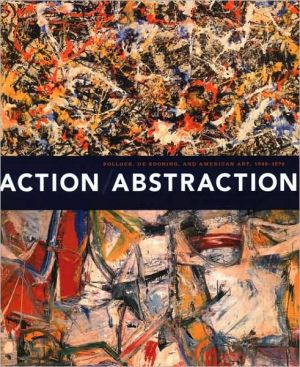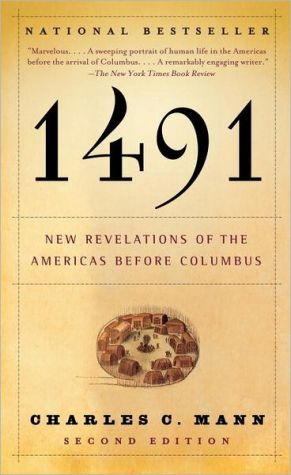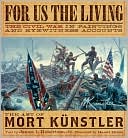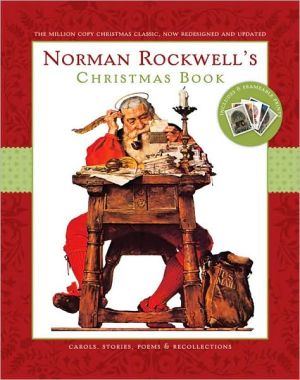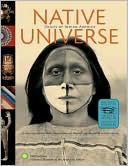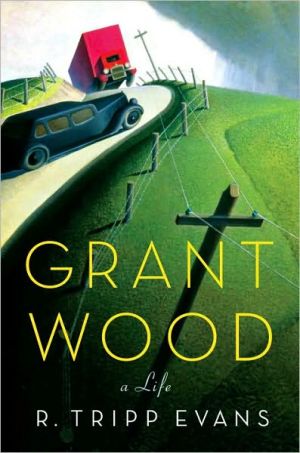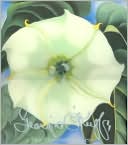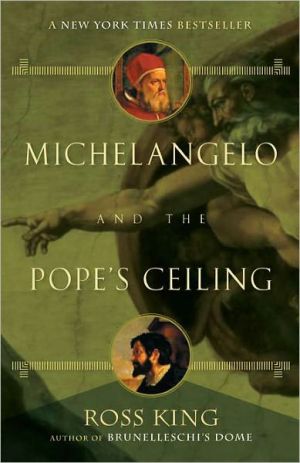Action/Abstraction: Pollock, de Kooning, and American Art, 1940-1976
The abstract paintings of Jackson Pollock, Willem de Kooning, Barnett Newman, Lee Krasner, Clyfford Still, Helen Frankenthaler, and others revolutionized the art world in the 1940s and 1950s and continue to inspire passionate arguments to this day. What were these artists trying to achieve? Who were the critical voices of the time that rallied public interest in Abstract Expressionism and sparked rancorous debate? \ \ Drawing on recent critical, historical, and biographical...
Search in google:
The abstract paintings of Jackson Pollock, Willem de Kooning, Barnett Newman, Lee Krasner, Clyfford Still, Helen Frankenthaler, and others revolutionized the art world in the 1940s and 1950s and continue to inspire passionate arguments to this day. What were these artists trying to achieve? Who were the critical voices of the time that rallied public interest in Abstract Expressionism and sparked rancorous debate? Drawing on recent critical, historical, and biographical work, this lavishly illustrated book offers a sharp new focus on a pivotal art movement. It also presents an extensive commentary on the two most influential critics of postwar American art—Clement Greenberg and Harold Rosenberg—whose powerful views shaped perceptions of Abstract Expressionism and other contemporary art movements. In one essay, Norman L. Kleeblatt traces the influence of Abstract Expressionism into the mid-1970s and examines its connection to subsequent art styles. Other essays range from the literary and intellectual culture of New York during that period and an analysis of sculpture and representation to a discussion of Jewish issues in relation to postwar American Art. In addition, the book features a magisterial essay by eminent critic Irving Sandler and a copiously illustrated cultural timeline by Maurice Berger.Russell T. Clement - Library JournalThis stimulating catalog, which accompanies an exhibition of more than 50 seminal works by 32 artists that opened at New York City's Jewish Museum this spring, reexamines the roots of postwar American abstract expressionism as interpreted, championed, and denounced by rival critics Clement Greenberg and Harold Rosenberg. While Greenberg supported and promoted the formal purity of Jackson Pollock, Clyfford Still, and David Smith, Rosenberg extolled the radical creative processes of "action painting" by Willem de Kooning, Barnett Newman, and Mark Rothko. Nine essays by prominent scholars including Kleeblatt (Susan & Elihu Rose Chief Curator, Jewish Museum) analyze the era to illuminate the reception of the art, specifically in relation to political ideologies, New York cultural and literary circles, European intellectual influences such as existentialism, Jewish identity, and popular media attention. The catalog vividly re-creates relations between artists and critics, major exhibitions, and key statements and lectures. Full-color reproductions of the art as well as personal correspondence and photographs are also included. Many important artists are represented by only a work or two; however, the movement's diversity and vitality come to life in this beautifully printed and presented catalog. Highly recommended for academic and larger public libraries.
\ Library JournalThis stimulating catalog, which accompanies an exhibition of more than 50 seminal works by 32 artists that opened at New York City's Jewish Museum this spring, reexamines the roots of postwar American abstract expressionism as interpreted, championed, and denounced by rival critics Clement Greenberg and Harold Rosenberg. While Greenberg supported and promoted the formal purity of Jackson Pollock, Clyfford Still, and David Smith, Rosenberg extolled the radical creative processes of "action painting" by Willem de Kooning, Barnett Newman, and Mark Rothko. Nine essays by prominent scholars including Kleeblatt (Susan & Elihu Rose Chief Curator, Jewish Museum) analyze the era to illuminate the reception of the art, specifically in relation to political ideologies, New York cultural and literary circles, European intellectual influences such as existentialism, Jewish identity, and popular media attention. The catalog vividly re-creates relations between artists and critics, major exhibitions, and key statements and lectures. Full-color reproductions of the art as well as personal correspondence and photographs are also included. Many important artists are represented by only a work or two; however, the movement's diversity and vitality come to life in this beautifully printed and presented catalog. Highly recommended for academic and larger public libraries.\ —Russell T. Clement\ \ \ \ \ \ Art in America"Thorough and scholarly. . . . Presents a balanced account of the art, the artists, the critics and the issues."—Richard Kalina, Art in America\ — Richard Kalina\ \ \ \ Choice"Of particular interest is Balken's essay on Rosenberg, which relies on new archival research to give a more robust understanding of this powerful yet often misunderstood critic. . . . Recommended."—Choice\ \ \
